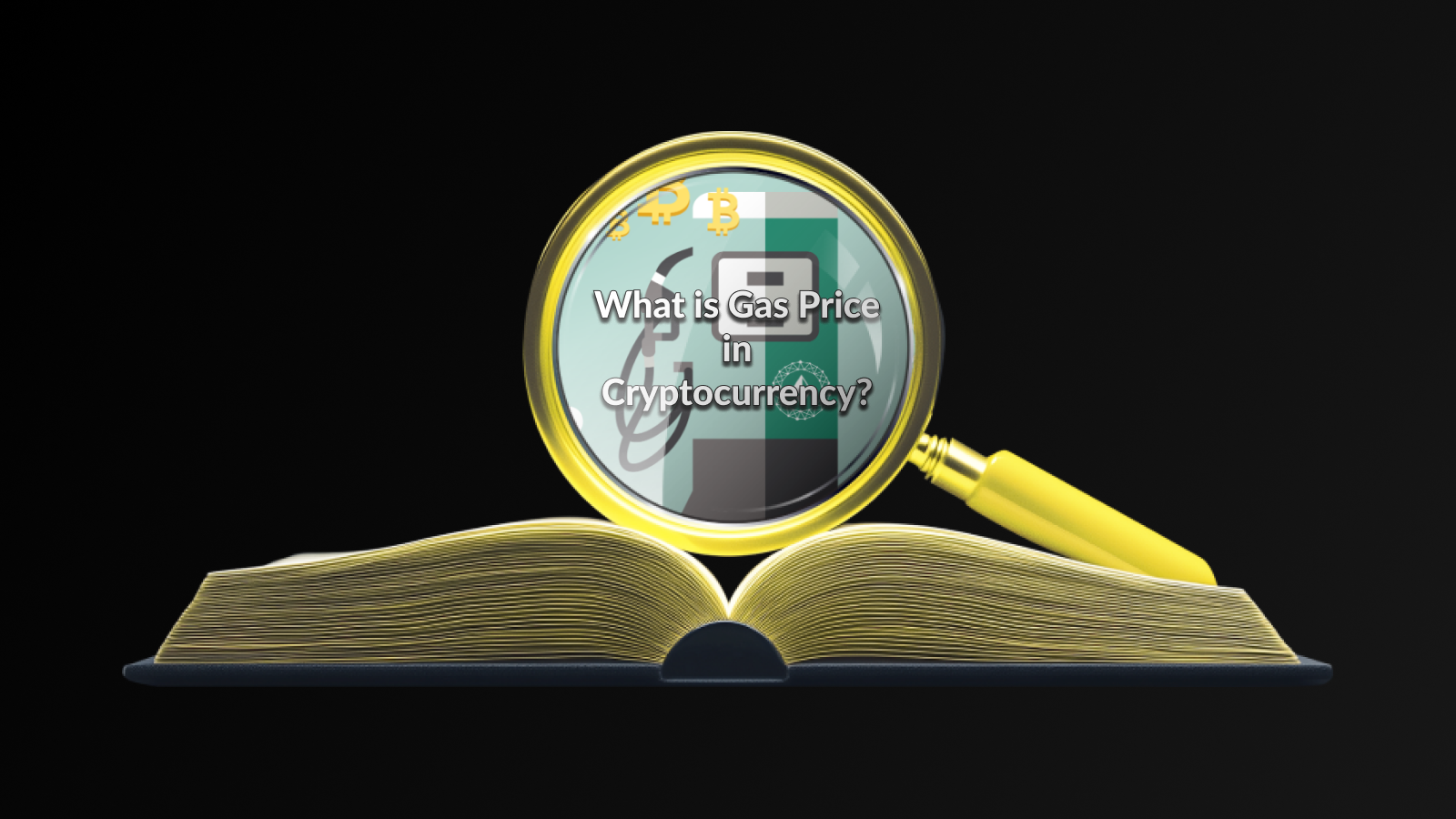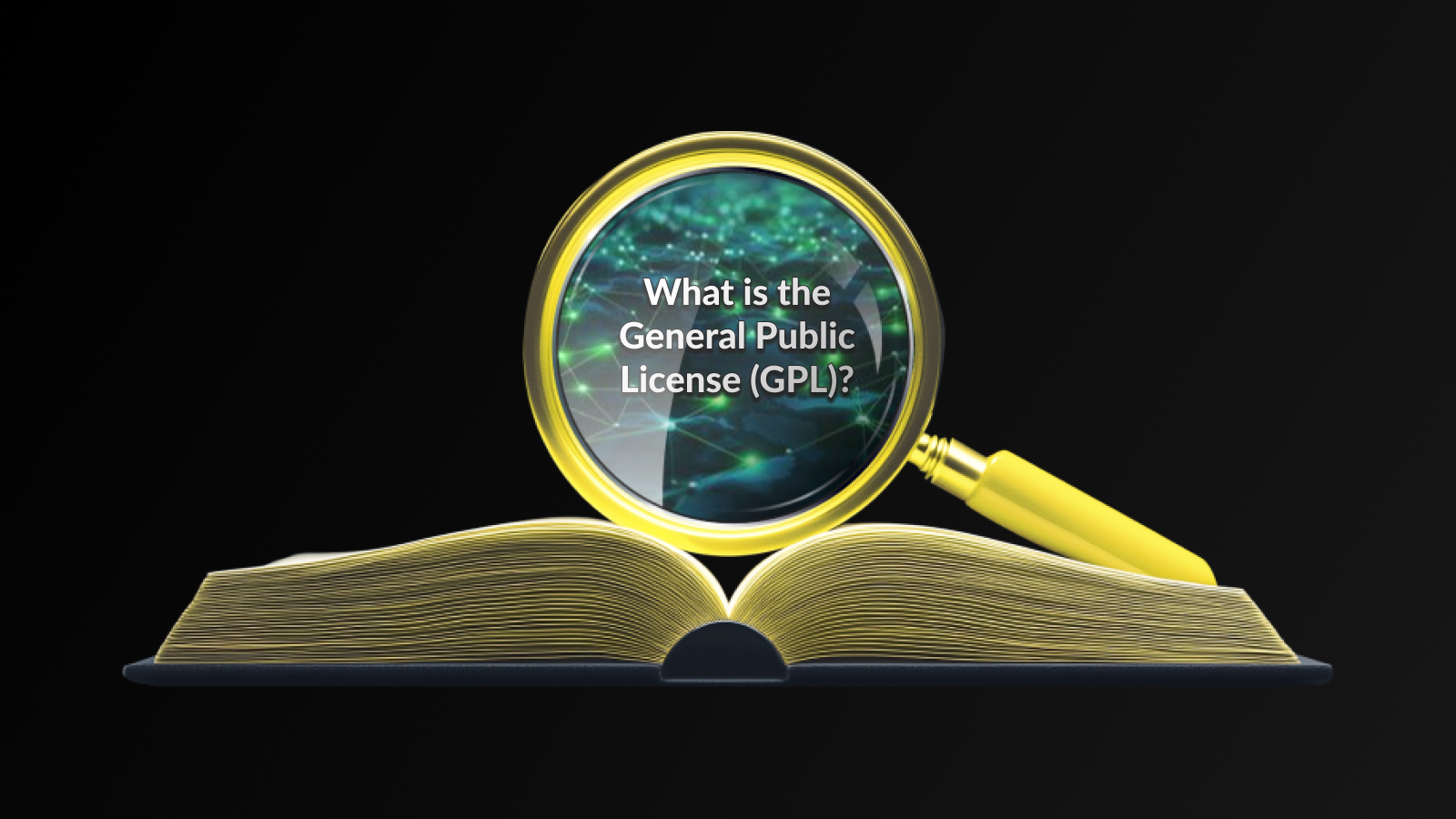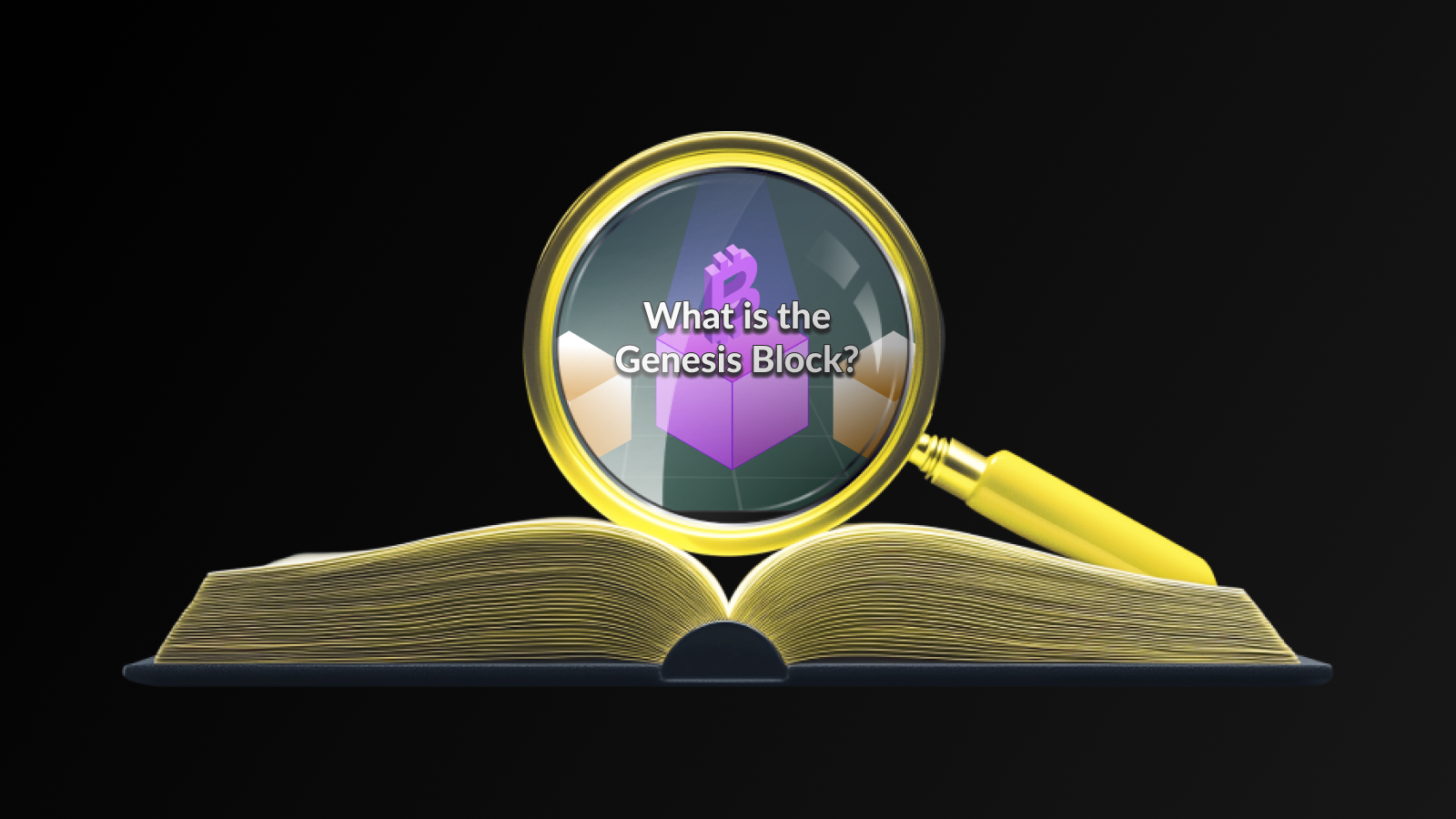Introduction
Explore how gas prices impact blockchain transactions, learn the difference between gas price and limit, and find tips to optimize fees effectively.
The concept of Blockchain Gas Price is essential for comprehending how transactions are processed within decentralized networks. Gas price represents the fee users pay to facilitate their transactions on the blockchain, particularly on platforms like Ethereum. This fee compensates miners or validators for the computational work involved in confirming and processing transactions. When the network is congested, gas prices can surge, leading to higher Ethereum Transaction Fees and potential delays in transaction confirmations.
A deeper understanding of gas prices not only helps users budget their blockchain interactions but also enhances their overall experience in the cryptocurrency ecosystem. By keeping track of gas prices, users can make informed decisions, optimizing their transaction timing and ensuring quicker processing at lower costs.
Moreover, fluctuating gas prices can influence the strategic execution of trades and other on-chain activities. This highlights the importance of continuous monitoring and understanding the dynamics of gas prices in today’s volatile cryptocurrency market.
Grasping the ins and outs of gas prices is crucial for anyone engaged in blockchain transactions. As more users flock to decentralized networks, understanding the implications of gas fees will become increasingly important for ensuring seamless and cost-effective cryptocurrency transactions.
The Blockchain Gas Price plays a crucial role in determining how efficiently transactions are processed on the blockchain. When users initiate a transaction, they specify a gas price to incentivize miners to include their transactions in the next block. A higher gas price typically speeds up the confirmation time, as miners are more likely to prioritize transactions that offer greater rewards. Conversely, if the gas price is set too low, the transaction could be delayed significantly, leading to potential missed opportunities or failed operations.
In the context of Ethereum, the fluctuating nature of Ethereum Transaction Fees can heavily impact users, especially during peak network activities when congestion occurs. During such times, users may need to adjust their gas prices dynamically to ensure their transactions are successful. This not only affects individual users but can also influence the overall efficiency of the Ethereum network.
Moreover, understanding how gas prices interplay with market conditions helps users make informed decisions. For example, during periods of high demand, the cost to send transactions may rise sharply, prompting users to be strategic about when to execute their transactions.
Being aware of the Blockchain Gas Price is essential for anyone engaging in cryptocurrency transactions. By recognizing how it affects processing speeds and costs, users can better manage their transactions and possibly save on Ethereum Transaction Fees.
Gas Price vs. Gas Limit: Understanding the Difference
When navigating the world of cryptocurrency transactions, it’s essential to understand the difference between gas prices and gas limits. The Blockchain Gas Price is the fee that users pay to have their transactions processed on the blockchain. This cost can fluctuate depending on network congestion and demand for transaction processing.
On the other hand, the gas limit refers to the maximum amount of gas units that a transaction can consume. Setting a gas limit is crucial because it ensures that miners are incentivized to prioritize your transaction. If the gas limit is set too low, your transaction may not be processed at all.
To illustrate, consider a scenario where you are sending a transaction with a gas price of 50 gwei and a gas limit of 21,000 units. In this case, your total transaction fee would be 0.00105 ETH. If the gas price rises due to increased demand for on-chain activity, you may need to adjust your gas limit to ensure timely processing. Conversely, high gas prices can lead to significant Ethereum Transaction Fees that can deter users from completing transactions.
Understanding these concepts is vital for anyone participating in blockchain transactions. By strategically managing both the gas price and gas limit, users can optimize their costs and ensure efficient transaction execution.
When it comes to navigating the complexities of Ethereum transaction fees, there are several strategies you can implement to optimize the Blockchain gas price and reduce your overall transaction costs.
First, consider timing your transactions. Gas prices fluctuate based on network congestion, so taking advantage of off-peak hours can significantly lower fees. Utilize tools and platforms that provide insights into gas price trends, allowing you to choose optimal times for sending your transactions.
Secondly, utilize gas limit settings wisely. By setting a gas limit that is appropriate for the complexity of your transaction, you can avoid overpaying. Always check the recommended limits for different types of transactions or contracts to ensure you’re not allocating more gas than necessary.
Consider using layer-2 scaling solutions or alternative blockchains that offer lower gas fees. By shifting your transactions to these platforms, you can save on Ethereum transaction fees without compromising on speed or security.
Disclaimer
This article is for educational purposes only and should not be considered financial advice. Cryptocurrency investments and blockchain technology involve risk, and users should conduct their own research or consult with a financial professional before making any decisions.
Click for more Darkex education articles.





